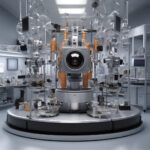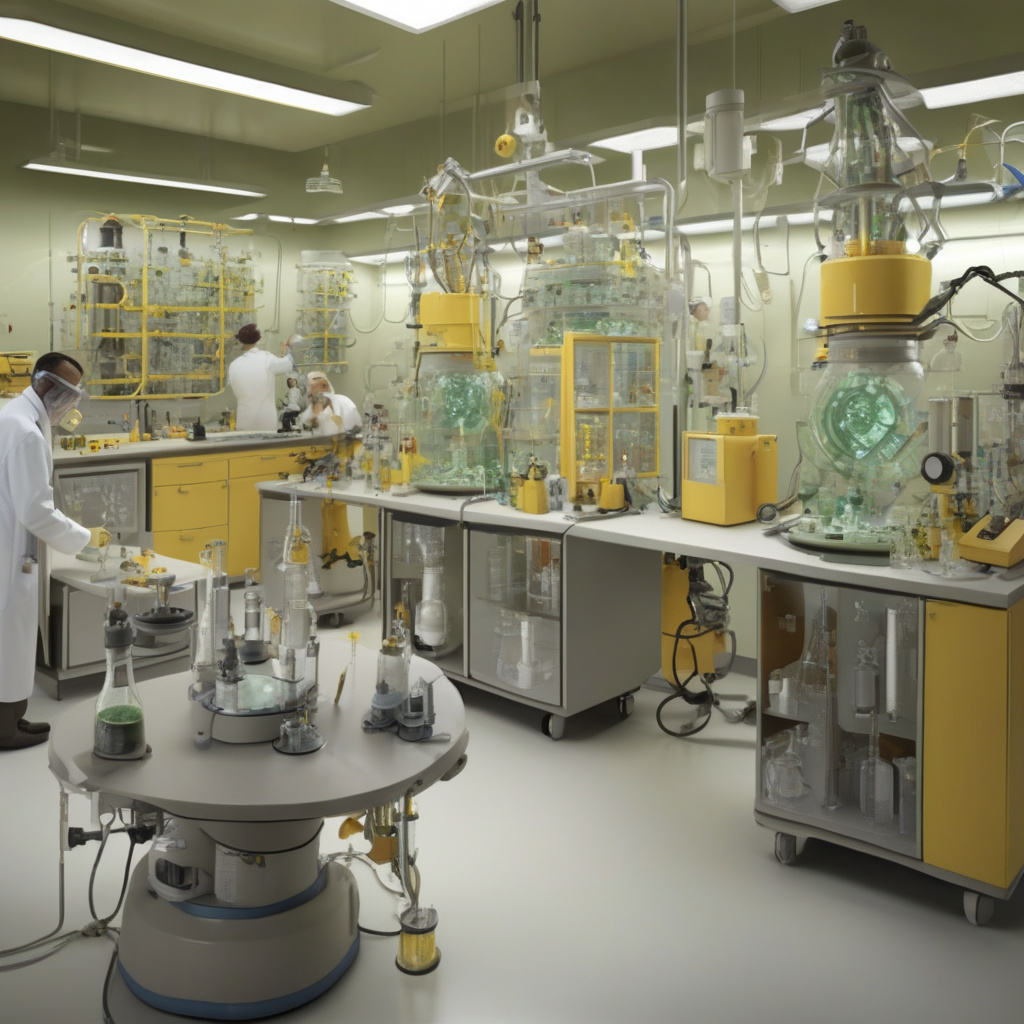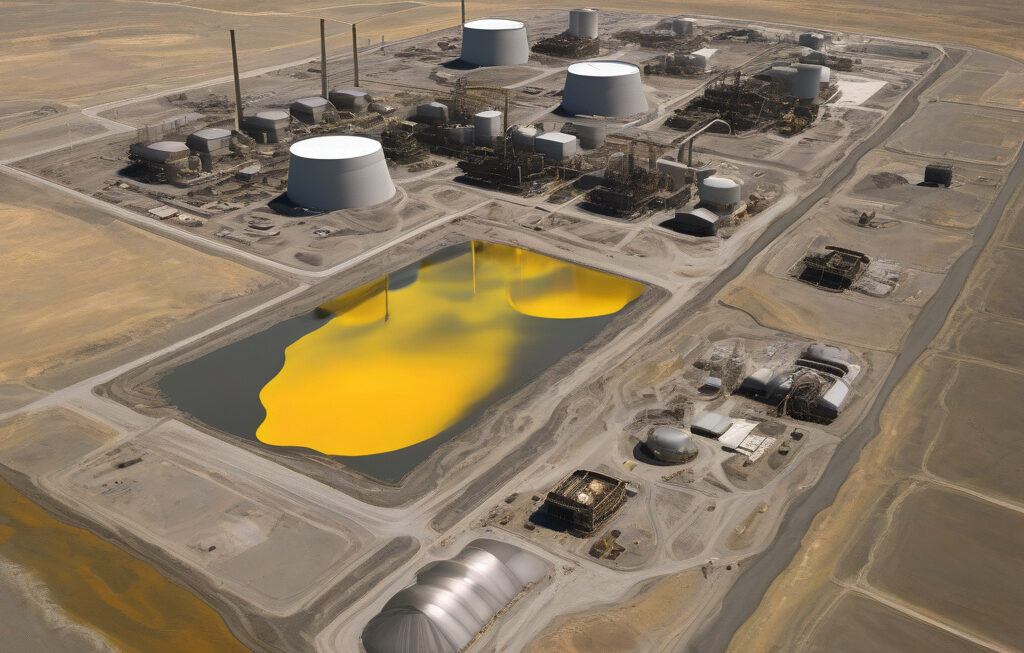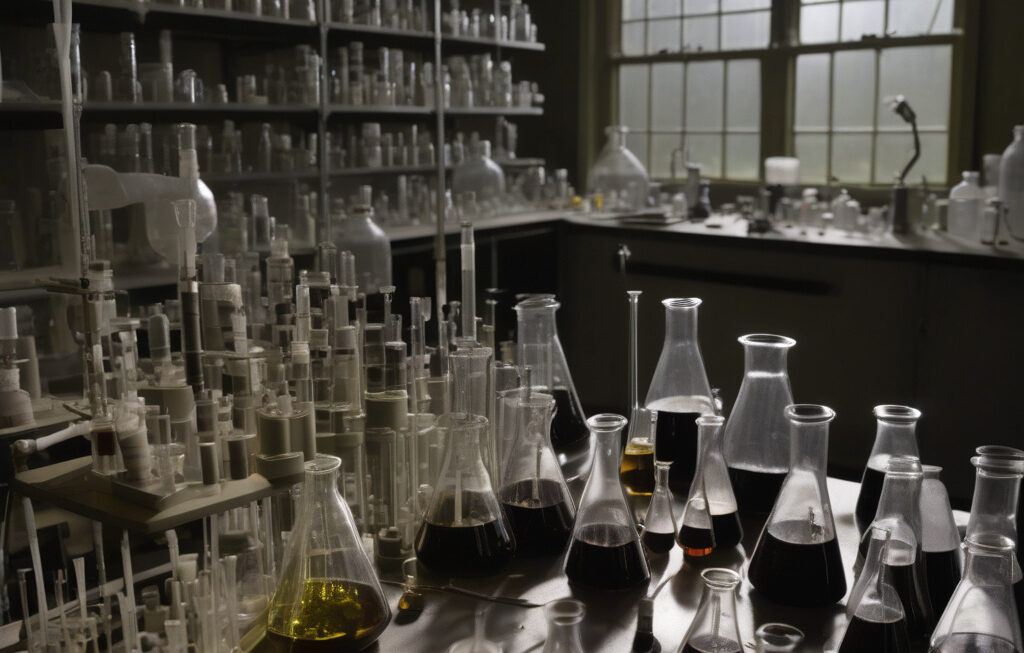US Scientists Turn Nuclear Waste into Fuel to Power Fusion Energy Experiments
Scientists in the US have come up with a new molten-salt accelerator system that can potentially change the landscape of nuclear waste management and energy production. This innovative technology aims to tackle two major challenges simultaneously: reducing nuclear waste stockpiles and advancing fusion energy research.
Nuclear waste has long been a pressing issue, with traditional disposal methods posing environmental and safety risks. The new molten-salt accelerator system offers a promising solution by recycling nuclear waste into fuel for fusion reactors. This process not only minimizes the volume of waste that requires long-term storage but also harnesses its energy potential to power cutting-edge fusion experiments.
Fusion energy, often heralded as the “holy grail” of clean and limitless power, relies on recreating the same process that powers the sun. By fusing light atomic nuclei together at incredibly high temperatures, fusion reactors can generate vast amounts of energy with minimal environmental impact. However, achieving and sustaining the extreme conditions necessary for fusion reactions remains a significant technical challenge.
The molten-salt accelerator system bridges the gap between nuclear waste management and fusion energy research by utilizing waste materials as a valuable resource. This innovative approach not only addresses the pressing issue of nuclear waste disposal but also propels fusion energy experiments forward. By repurposing waste into fuel, scientists can potentially unlock new possibilities for sustainable and efficient energy production.
Moreover, the integration of nuclear waste recycling into fusion energy experiments demonstrates the power of interdisciplinary collaboration. Scientists from diverse fields, including nuclear physics, materials science, and engineering, have joined forces to develop this groundbreaking technology. Their collective expertise has paved the way for a novel solution that promises to revolutionize both nuclear waste management and fusion energy research.
The implications of this innovative approach extend beyond the laboratory, offering hope for a cleaner and more sustainable energy future. By leveraging nuclear waste as a valuable resource, researchers are not only addressing environmental concerns but also driving progress towards achieving fusion energy on a commercial scale. This dual-purpose technology showcases the potential for turning challenges into opportunities through ingenuity and collaboration.
As scientists in the US turn nuclear waste into fuel to power fusion energy experiments, they are charting a new course towards a more sustainable energy landscape. By reimagining waste as a resource and pushing the boundaries of fusion research, they are reshaping the way we view both nuclear waste management and clean energy production. This transformative technology holds the promise of a brighter and more sustainable future powered by innovation and scientific discovery.
In conclusion, the fusion of nuclear waste recycling and fusion energy research represents a bold step towards addressing pressing energy and environmental challenges. By harnessing the potential of waste materials to fuel cutting-edge experiments, scientists are not only advancing fusion research but also paving the way for a more sustainable energy future. This innovative approach underscores the transformative power of interdisciplinary collaboration and creative thinking in tackling complex problems and unlocking new possibilities.
nuclear waste, fusion energy, molten-salt accelerator system, sustainability, interdisciplinary collaboration












